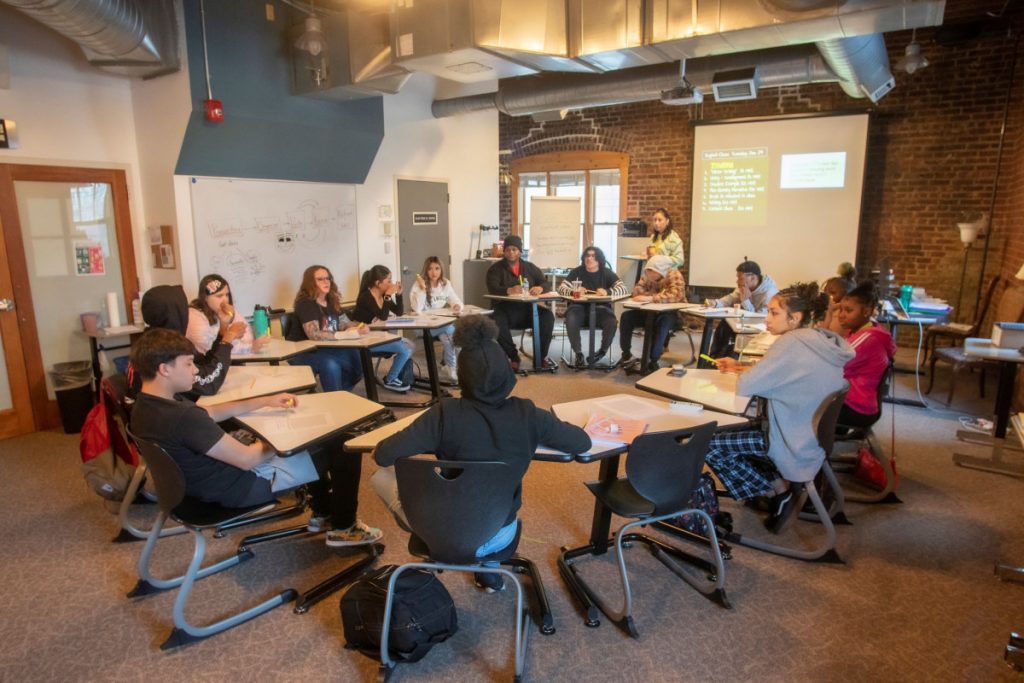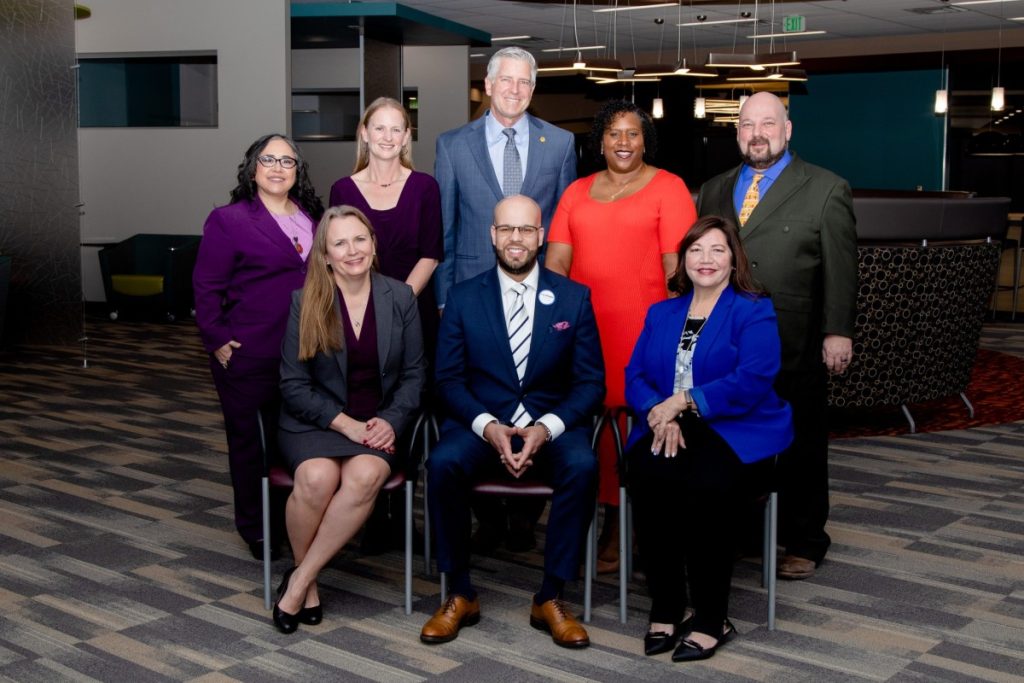Growing up in the Green Valley Ranch area, I was surrounded by a lot of diversity, and people always told me that when I went to college it was going to be majority white.
While this was something I knew, I never really internalized or fully understood what it meant.
I graduated from DSST: Green Valley Ranch High School, which is a charter school. While charter and traditional public schools both receive public funding, charter schools have more autonomy to meet the needs of their immediate community.
Charter schools are publicly funded but independently operated schools with flexibility in things like teaching methods, curriculum and management styles, which allows them to have more specific missions and themes that are tailored to their community.
Being able to go to a charter school allowed me to explore different career fields, because my school focused on giving students opportunities to have internships in different career fields that could help us gauge what we wanted to study.
I was able to have three different sorts of internships throughout my high school experience, all of them in different fields.
From staying a week at CU Boulder and doing a case study on a business, to working at The Children’s Hospital Colorado in the NICU looking over babies, to doing a mental health program that focuses on improving wellness practices at K-12 schools across the country, I was able to get an idea of what all of these work fields looked like, and I’m grateful to have had the opportunity to live through these experiences.
When researching the 2022-2023 average per-pupil spending at DSST-GVR, I learned that the school invested around $16,500 per student, and when looking at the school’s rating summary, it received a 9/10, being above average on student progress, college readiness, and equity.
However, when researching Dr. Martin Luther King Jr. Early College, a public school that’s a five-minute drive from DSST, I saw that very similarly, the school invested around $16,200 per student in the 2022-2023 academic year, yet the results of students were entirely different, as the schools overall rating was a 4/10 with below-average test scores, college readiness, and equity.
This data really opened my eyes, because as a person who was never really informed about the education system, I feel like the solution that comes to our mind first when we hear about gaps in the education system is simply that schools need more funding.
But this is a perfect example of why throwing money at schools is not the solution to closing these gaps in the education system. These two schools that are so close to each other, and invest almost the same amount of money on each student, yet are yielding completely different results.
As I said earlier, my high school did an excellent job providing students of color with different opportunities like internships and extracurricular activities, but I wonder if these resources are also available and known to students in other nearby schools.
As I also mentioned, my transition to college (the University of Denver) has been challenging, and I went to a great high school. That makes me wonder how difficult it must be for students who went to other schools in Far Northeast Denver to navigate their way through college when their school had fewer resources for their students. Are they helping students be successful or college-ready?
It’s important for more people to be conscious and aware of the education gap in their communities, and the effects it has on those around you.You may not be able to change the whole world, or close the education gap across the world, but you can take a little step to improve the quality of education in your community.
Ensuring accountability from school board members is crucial in creating a support system for students navigating their educational journeys. Beyond admission to a college, students need guidance and assistance to overcome the challenges they may encounter throughout their college journey.
School board members play a big role in shaping policies that prioritize support, mentorship, and resources for these students. By holding these leaders accountable, we contribute to an environment where every student can not only enter college but achieve their fullest potential.




